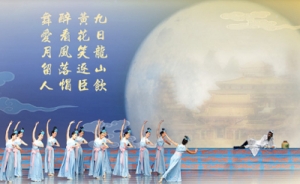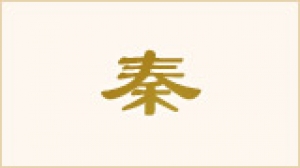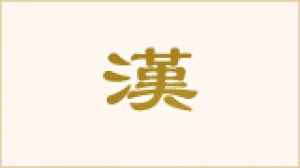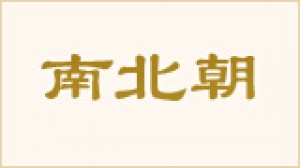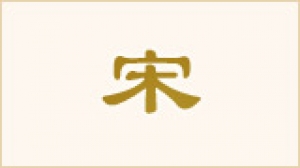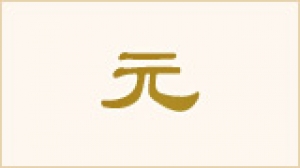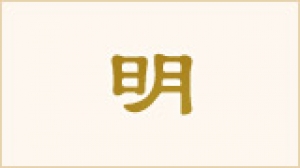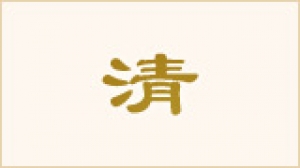The Tang Dynasty
The Tang Dynasty (618–907 C.E.) is widely considered the zenith of Chinese civilization, its prosperity, peace, stability, and international influence during certain periods unparalleled before or since. The capital city Chang’an was the largest metropolis in the world, drawing diplomats from around the globe, making China truly “The Middle Kingdom.” The achievements of the Tang Dynasty remain a model and source of inspiration for many Chinese today.
As with most Chinese dynasties, the Tang emerged from a period of chaos that ensued toward the end of the previous era, in this instance the Sui Dynasty (581–618 C.E.). In 617, Li Shimin urged his father Li Yuan, the king of Tang, to raise troops in Taiyuan. Within five years, they managed to squash all of the rebellions around the empire. Li Shimin assumed the throne in 626 and took the name Emperor Taizong of Tang.
Tang Taizong is recognized as one of the greatest emperors in Chinese history. He was a military genius capable of commanding a battlefield from thousands of miles away, as well as an excellent poet, writer, and calligraphist.
Emperor Taizong cherished his people and governed accordingly. He founded a literary academy, utilizing it to recruit talented men for his administration. He is also known for making the most of his subjects’ strengths, including being unusually tolerant and receptive to constructive criticism and advice. His approach paid off, spurring China’s most peaceful and stable period. Both nobility and common folk are said to have lived harmoniously and happily, with very low crime rates and limited official corruption. Historical records describe the period as a time when:
Merchants and traders traveled freely without fear of bandits; the jailhouses remained empty and people felt no need to lock their gates; bountiful harvests were frequent and ten liters of rice cost only three to four qian; travelers journeying from the capital to Lingbiao or from Shandong to the seaside needed not to prepare rations but could always obtain provisions en route.
Taizong extended this attitude toward people beyond China’s borders as well. Though the Tang Dynasty possessed brilliant military prowess, he chose to employ his empire’s advanced cultural and political achievements to attract and annex minority ethnic areas as far west as modern day Kazakhstan.
Indeed, the Tang Dynasty was characterized by a hospitality and openness to outsiders rare in imperial China. Nations from around the world sent diplomats and scholars to study Chinese culture, and the Tang Dynasty welcomed economic and religious exchanges. More than 400 countries sent tributes to Tang emperors and over 100,000 foreigners are estimated to have resided in the cosmopolitan capital Chang’an. The famous Tang poet Wang Wei wrote:
Heaven’s nine doors reveal the palace and its courtyards;
And the coats of many countries bow to the Pearl Crown.
The Tang Dynasty was also a very active period of development for the three religions of Confucianism, Buddhism, and Daoism. The imperial civil-service examinations were modified to focus on Confucian teachings and, in 645, monk Xuanzang returned from his pilgrimage to retrieve Buddhist scriptures from ancient India. Tang Taizong is said to have personally led the welcoming party for the monk, meeting him at Zhuque Bridge along with hundreds of civil and military officials. The Tang emperors, who were surnamed Li, also claimed Lao-Tzu (or Laozi, the founder of the Tao School) as their ancestor.
Poetry also flourished during the Tang Dynasty. The era inspired famous lyricists like Li Bai (known for finding brilliant inspiration in a wine gourd), Du Fu (also known as the poet-historian), Wang Wei (also an accomplished painter), and many, many others.
The period from the reign of Tang Taizong to the rule of his descendent Emperor Xuanzong marked 130 years of prosperity, often viewed as the pinnacle of Chinese culture. This golden age could not last forever. In 755, general An Lushan and his cohort Shi Siming launched a revolt, which brought upheaval that lasted for almost a decade and cost millions of lives. It weakened the central control of the emperors and bureaucracy, eventually resulting in the dynasty’s downfall.
July 13, 2011


